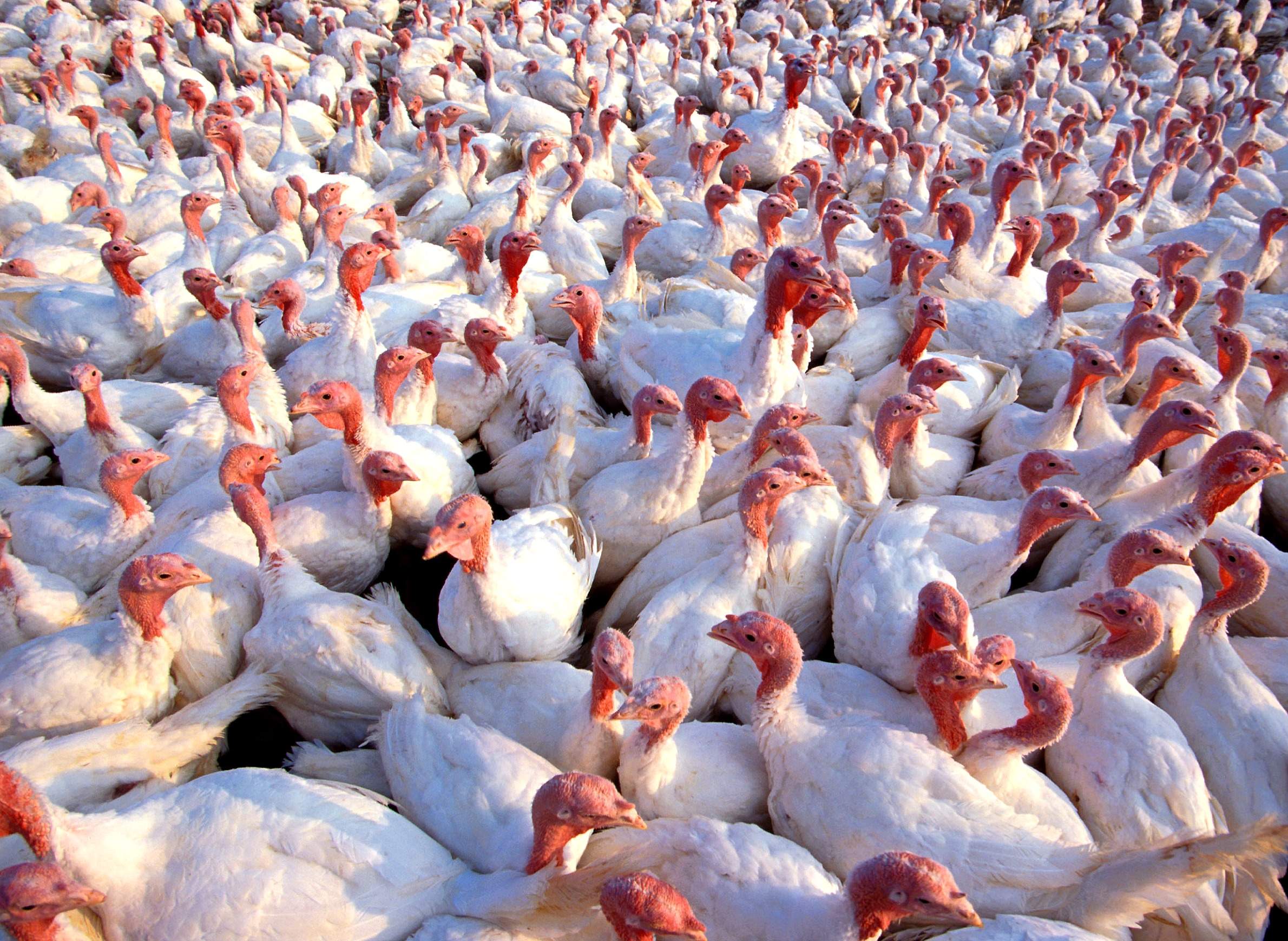
Spring Is The Season For Avian Influenza Infections Among Poultry

Two years after an outbreak of avian influenza centered on the Upper Midwest infected birds at multiple poultry operations in Wisconsin, the disease may once again be posing a threat. A low pathogenic strain of avian influenza was detected on March 4, 2017 in a Barron County commercial turkey flock.
This infection in northwest Wisconsin comes after a highly pathogenic strain in a Tennessee commercial chicken flock was announced the same day. A second flock of chickens at a Tennessee commercial poultry operation tested positive for avian influenza, though the state's officials said it is a low pathogenic strain. A third outbreak was subsequently detected in Tennessee, this one of the highly pathogenic variety, and officials in neighboring Alabama are investigating several cases detected in that state.
According to Darlene Konkle, Wisconsin's assistant state veterinarian with the Department of Agriculture, Trade and Consumer Protection, the low pathogenic H5N2 strain found in Barron County is not related to the H7N9 strain initially found in Tennessee. Highly pathogenic strains are often fatal for birds, but the low pathogenic strain found in Barron County is not uncommon in poultry flocks and tends to cause few, if any, clinical signs of illness in birds. Low pathogenic avian influenza is similar in severity to the common cold in humans and can eventually clear from a flock without bird loss.
Wild waterfowl are considered the natural reservoir of all non- or low pathogenic avian influenza viruses. These birds carry influenza viruses with no apparent harm to their populations. However, among domestic poultry, infection by avian influenza viruses can cause low and highly virulent forms of disease.
Research gathered during the 2015 avian influenza outbreaks suggests that in some cases, migratory birds are directly spreading the avian influenza virus in its highly pathogenic form. The virus is carried by waterfowl along the Mississippi Flyway, an established migratory route that stretches from the Gulf of Mexico through Minnesota and Wisconsin and into Canada. The virus can be transmitted to domestic poultry from migrating waterfowl through droppings that land on farms.
One of the risk factors that can aid in the spread of avian influenza is farming activity, primarily on crop farms located upwind from commercial poultry facilities. The virus can be left behind by birds feeding or migrating through a field, and then move on dust/dirt/residue particles from the previous year's harvest or spring work. People cay also contribute to spreading the virus to poultry operations through carrying these particles on their shoes and clothes.
According to the Minnesota Board of Animal Health and the University of Minnesota, research has shown that influenza viruses can survive in soil environments that experience cold temperatures. Contamination by droppings from migrating birds of crop fields could serve as a source of avian influenza infection. A University of Minnesota Center for Animal Health and Food Safety report noted that "actively working (tilling or discing) fields closest to turkey barns within the 14-day reference period was a risk factor." This type of work can disrupt soil and introduce airborne particles carrying the virus into neighboring areas.
Farmers located near poultry operations are encouraged to get to know their neighbor and give them notice about upcoming work in the field. This communication will allow poultry farmers to take necessary steps to mitigate the spread of the disease. Farmers working fields or anybody else who sees dead migratory birds or unusually heavy bird activity in Barron County are encouraged to contact the Jennie-O Turkey Store.
The commercial poultry industry provides essential market opportunities for crop farmers in northwestern Wisconsin. Because corn and soybean farmers rely on this market, it is in the best interests of everyone working in agriculture-related areas to minimize the risk of spreading avian influenza.
Tim Jergenson is an agricultural agent with the University of Wisconsin-Extension Barron County, and Joel McReynolds is a community outreach coordinator with the University of Wisconsin-Extension Barron County.


